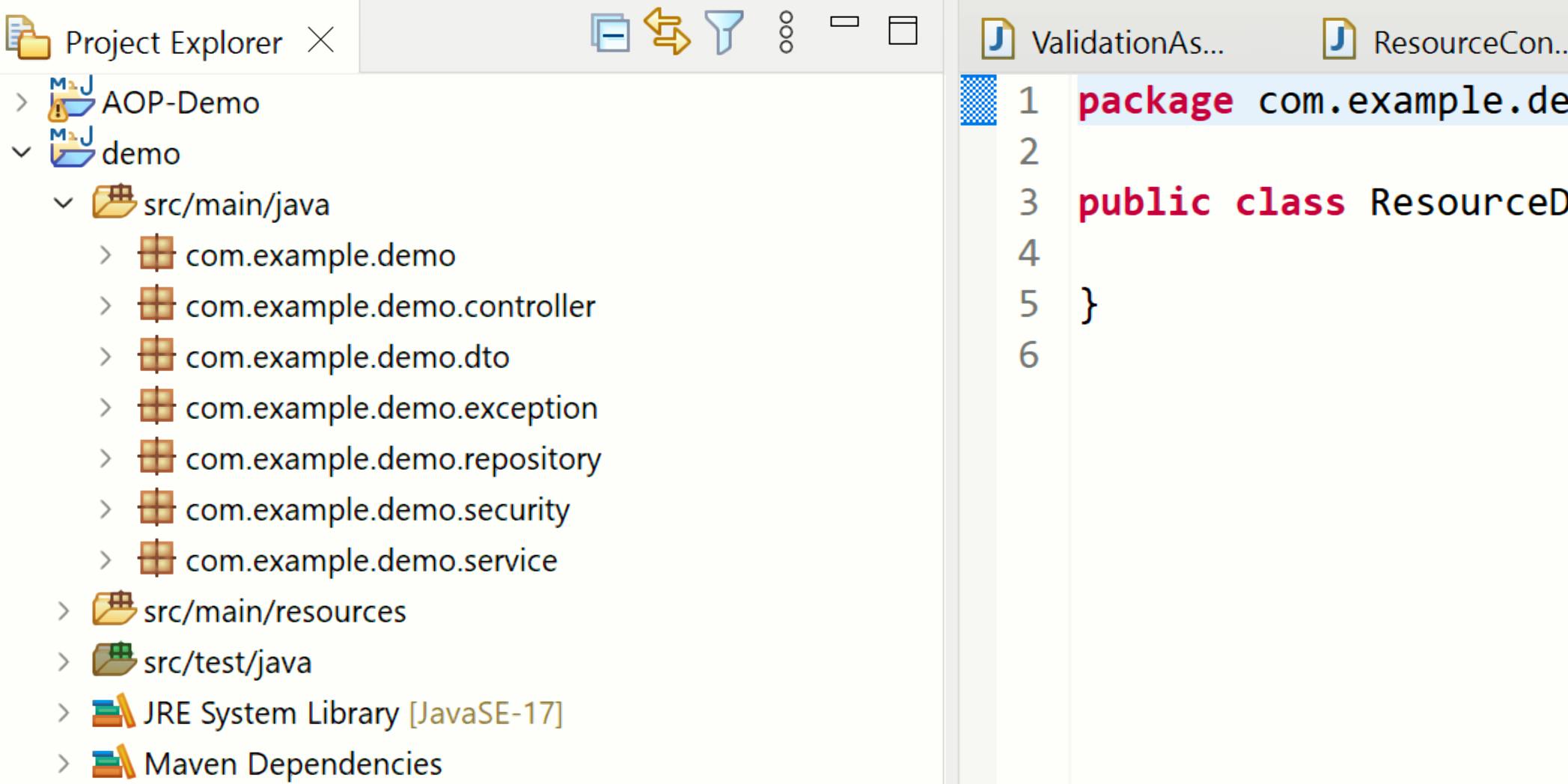Standard Packaging Structure in Java/Spring Applications
Master the packaging structures and architecture in Java/Spring Applications followed by Industry.
In Java/Spring applications, packaging structure plays a crucial role in organizing and maintaining the codebase. A well-defined packaging structure enhances code readability, modularity, and scalability. In Java/Spring applications, there are two main ways of packaging, they are:
Packaging by Layer
Packaging by Feature
Each approach offers its own set of advantages and is suitable for different scenarios, team structures, and project requirements. Let's look into each of these common packaging strategies:
Packaging by Layer
In Spring/Java development, we encounter a diverse range of classes, each carrying a specific responsibility or concern, such as Controller, Service, and Repository components. This aligns with the Single Responsibility Principle (SRP) of the SOLID principles.
When we employ package-by-layer organization, we classify each responsibility into distinct packages. This architectural design pattern is known as Layered Architecture. This approach promotes modularity, separation of concerns, and maintainability, making it a cornerstone of enterprise-grade software development.
Here's a breakdown of the benefits of Layered Architecture:
Modularity: Each layer encapsulates a specific functional area, enabling independent development and testing.
Separation of Concerns: Layers are divided based on their responsibilities, preventing interdependencies and tangled codes.
Maintainability: Code becomes more manageable and easier to modify as layers are decoupled and well-defined.
Layered Architecture effectively structures complex applications, fostering code reusability, enhanced collaboration among developers, and simplifying maintenance. It serves as a foundation for building robust and scalable software solutions.

The above Image shows several packages such as .controller, .service, .exception, dto, .repository and .security under a base-package com.example.demo.
In the context of software development, a base package is nothing but a common folder path in which all the layers are directly accessible. It typically follows a naming convention that incorporates the organization's domain (e.g., "com"), the company name (e.g., "example"), and the project name (e.g., "demo"). Additionally, it can encompass team names, module/feature names, and other relevant identifiers as well.
Packaging by Feature
Packaging by Feature is a software structuring technique that emphasizes grouping related components based on specific functionalities or features. Rather than organizing code by technical layers (such as controllers, services, and repositories), Packaging by Feature encourages developers to think in terms of business capabilities or user features.
The Anatomy of Packaging by Feature:
Imagine a Spring application structured around an e-commerce domain. Instead of having common packages such as controllers, services, and repositories for all the features involved in the application, we organize our code based on the distinct features of your application. This helps keep the code organized and makes it easier to maintain.

The above packaging example can be expanded as follows:
com.example.demo
├── product_catalog -- feature 1
│ ├── controller
│ ├── dto
│ ├── entity
│ ├── service
│ ├── repository
│ └── exception
com.example.demo
├── user -- feature 2
│ ├── controller
│ ├── dto
│ ├── entity
│ ├── service
│ ├── repository
│ └── exception
As seen in the above example, the applications base package is com.example.demo and further expanded into two modules/features .product_catalog and .user . And later each feature expands into different technical layers such as .controller, .service, .exception, dto, .repository and .entity. Therefore, this packaging strategy is designed first by feature and then by layer.
Advantages of Packaging by Feature:
Enhanced Modularity:
- Grouping related components together makes it easy to understand and modify specific features without navigating through different layers.
Improved Readability:
- The codebase reflects the organization of business features, making it more readable and aligned with the actual use cases of the application.
Encapsulation of Concerns:
- Each feature encapsulates its own set of concerns, promoting a clear separation of functionality.
Team Collaboration:
- Different teams or developers can focus on specific features independently, fostering collaboration and parallel development.
Simplified Testing:
- Testing becomes more focused, with test cases aligned to specific features rather than cutting across multiple layers.
Conclusion
In conclusion, a well-defined packaging structure is crucial for organizing and maintaining Java/Spring applications. Whether you choose to package by layer or feature, it is important to follow a naming convention and have a clear understanding of your project's requirements and team structure. By doing so, you can ensure that your codebase is scalable, maintainable, and easy to work with in the long run.
As you embark on your next Spring project, consider the impact of Packaging by Feature and how it can elevate your software design to new heights. Mastering modularity is not just a coding practice; it's a mindset that can shape the future of your software development endeavors.
